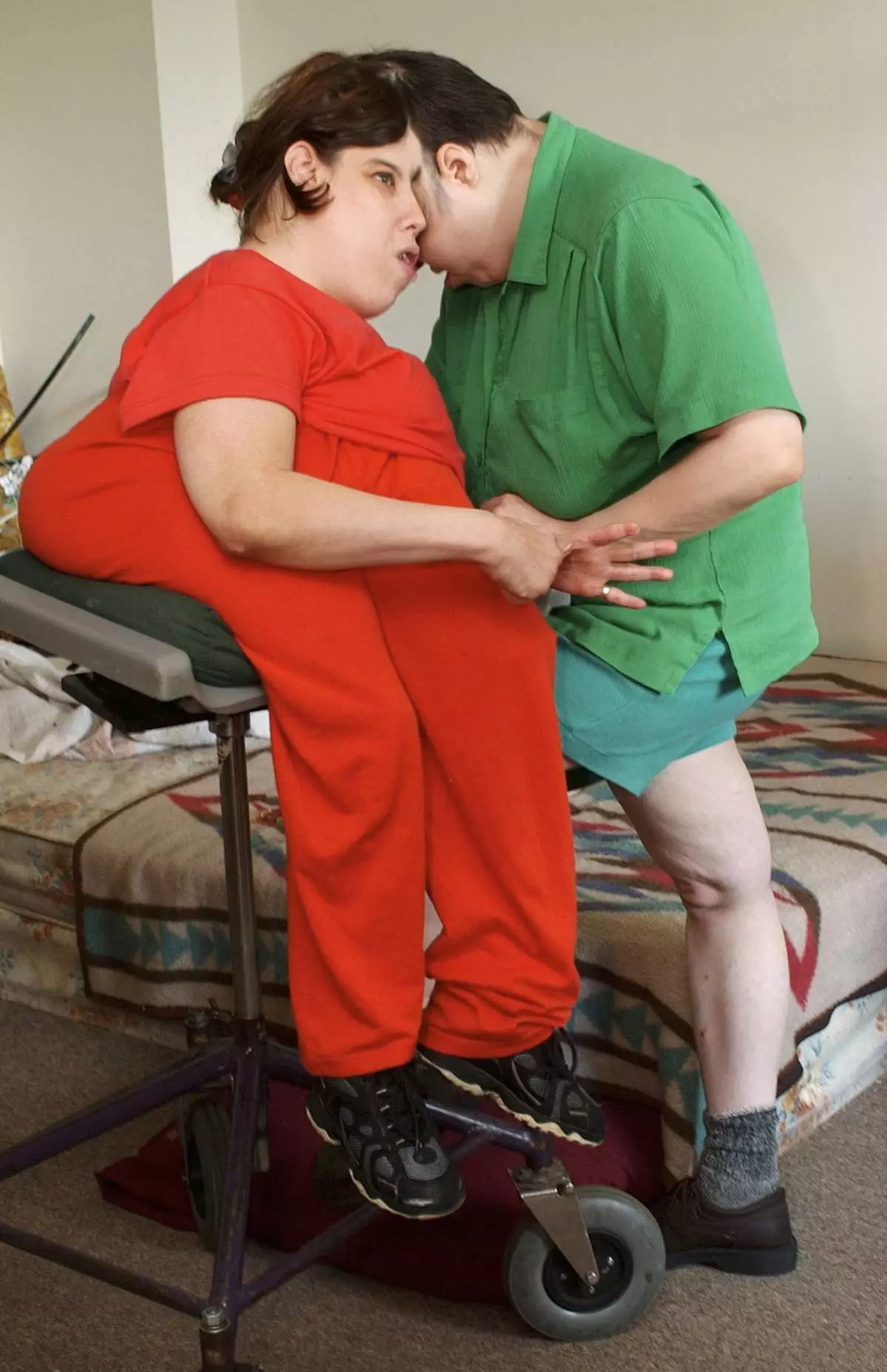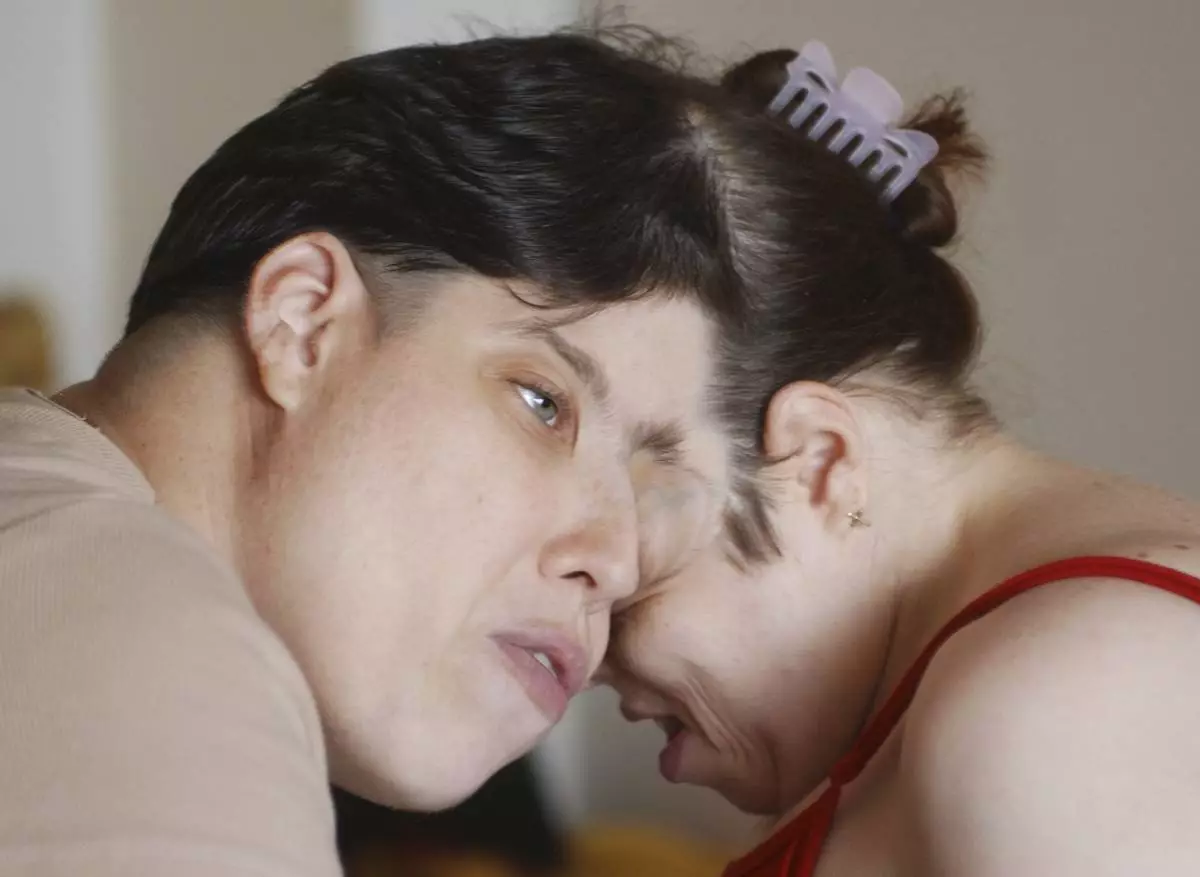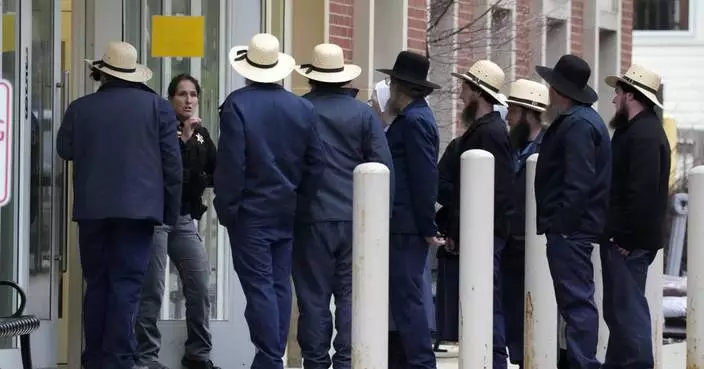Heather’s condition can leave her in so much pain she is unable to walk – but that hasn’t stopped her living the life of an action hero.
A woman whose rare skin condition makes her feet blister so severely she cannot walk has told how she has defied the odds to live as a real-life action hero – and is believed to be the world’s first female tank paintball instructor.
Heather Bailey, 27, suffers from the genetic condition Epidermolysis Bullosa (EB), which makes the skin so fragile it tears and blisters – at its worst forcing her to crawl on her hands and knees, unable to put any pressure on her feet.
But, determined to make the most of the days when she can walk, Heather, of Kettering, Northamptonshire, said: “On my bad days, you’ll find me on the sofa, under a duvet, watching Netflix. When I can’t even put socks on, or put my feet on the floor, I have no choice but to wait it out.”
She continued: “On the days when I can walk, though, I’ll do anything and everything possible, which is why I trained as a tank-driving instructor.
“I don’t know if it’s stubbornness, or just plain stupidity, but if you tell me I can’t do something, it makes me all the more determined to try. EB may be a life-limiting condition, but I won’t let it hold me back. ”
Heather, who said her positive outlook is greatly helped by the unwavering support of her network technician boyfriend of four years, David Carter, 30, was only a few months old when her mum noticed her feet blistering as they dragged on the carpet when she crawled.
Taken to the doctor, she was referred to a dermatologist but, as EB is rare, with charity DEBRA estimating it occurs once in every 17,000 births, she was not officially diagnosed until she was two.
“We were lucky as one nurse out of everyone we’d seen knew about EB, and recognised it right away,” said Heather.
According to DEBRA, there are three main types of EB – simplex, the most common form, which Heather has, dystrophic, where the severity can increase with age, leading to scarring and fusion of the fingers, and junctional, which is very severe and can be fatal in infancy.
As a youngster, Heather, who had her first wheelchair, aged 11 when she started secondary school, having previously used a buggy, tried her best to keep up with her friends, but her condition made it difficult.
She said: “I couldn’t run around in the park, or play on swing sets where I’d have to grip onto rope, as it left me too blistered. At my worst, I couldn’t even hold my own cutlery as my hands were so sore.
“Summer was a particular challenge, as my feet would expand in the heat. I’d have to change my shoes and socks every lunchtime to try and keep my feet clean and dry.”
She continued: “Shoe shopping was also difficult. I could never wear pretty heels or sandals that all my friends had. I’d need shoes with no inside stitching or anything that was going to rub. I’d even have to buy shoes in two sizes – a five and a six – so I had a pair for winter, then summer, when my feet expanded.
“Some of my blisters would sit on the surface, and be poppable with a needle, but others would be buried so deep within my skin, it’d take months for them to come out. I’d end up with loads stacked up, like a skyscraper.”
As she reached her teens, Heather continued to face daily challenges as she adapted to life with EB.
Got any questions about EB? Head over to our website and read our FAQ'S! https://t.co/FkfyVmBAhg pic.twitter.com/yOo6L3SnKt
— DEBRA UK (@CharityDEBRA) January 20, 2019
She continued: “It could be lonely at times. It’s hard to make teenagers understand that you aren’t turning down invitations because you don’t want to come – it’s that you can’t.
“School was difficult. People weren’t particularly nice. Because I wouldn’t be able to walk around and chat to everyone at break time, I’d look for indoor jobs I could do instead – but then you get a reputation as a teachers’ pet.”
One of the hardest parts of living with EB, according to Heather, is the fact it is an invisible illness.
Because her blisters mainly affect her hands and feet, so are not really on show and, as she can sometimes walk without difficulty, she says people struggle to see that there is anything wrong with her.
On occasion, she has even been berated for using a blue badge, which allows her to park her car in a disabled bay.
“Most weeks, I’ll have someone yell at me for parking in a disabled bay. I try to explain to them that just because I’m standing up, it doesn’t mean I’m okay,” she explained. “The condition is so unpredictable. I can get a blister at any time that’ll leave me unable to walk.”
She added: “I try not to use my wheelchair if I can help it, as I want to keep strong and avoid muscle wastage. In the summer, though, as my condition gets worse, I will end up in it most weeks.
“When I do use it, I get a lot of people asking me what happened. As I’m young, and visibly look okay, they assume it was the result of an accident.
“I would rather people do ask, though, as then I can explain EB and what it is.”
Fiercely independent, Heather has always pursued much-loved hobbies on her good days, and is fascinated by engineering and World War II history.
Her interests led to her going to history shows, including attending WWII reenactment events, where she came across a set of tanks owned by Leicestershire based company Armourgeddon.
“I saw some tanks at a show and got talking to the staff at Armourgeddon. They told me they hold tank paintball sessions, and I thought it sounded like the most fun,” she recalled.
“I asked them how I could become an instructor myself. I had to go through lots of strength tests, especially to ensure I could open and close the heavy hatches, but years of wheeling myself around meant I could do it with ease.”
In May 2017, Heather officially qualified as a tank paintball instructor – and is thought to be the first woman in the world to do so.
She welcomes in groups at Armourgeddon’s centre in Husbands Bosworth, Leicestershire, and offers them tank driving sessions or hosts paintball battles, where she drives around a field as they fire at targets.
“Nobody expects that this is what I do. I’m only about 5ft 5in, so at work, there are all these big, tough squaddies, then little me,” she laughed.
“Work have been fantastic. They know all about my EB, and understand that, in the summer, it is very difficult for me to work – especially as we end up covering six or seven miles a day.”
Now Heather, who also volunteers with charity DEBRA, is sharing her story both to raise awareness of EB and to encourage others not to let anything hold them back.
She continued: “I will literally try anything once – mountain biking, kayaking, unicycling, stilt-walking, and I’ve been going caving with my dad since I was little.
“People ask me, ‘Why do you do all this?’ And I just say, ‘Why don’t you? Why aren’t you getting out there and trying it all for those of us that can’t?’”
For information about EB, visit www.debra.org.uk









